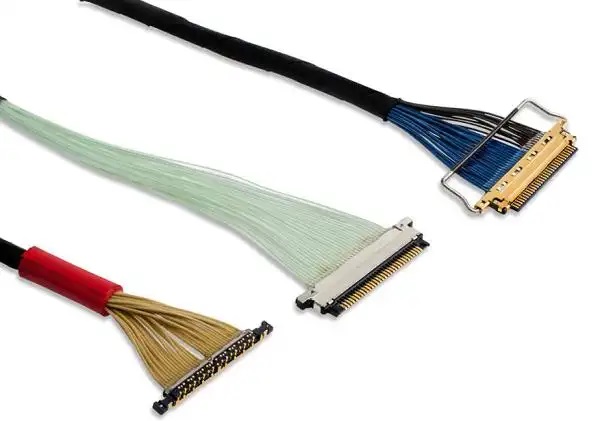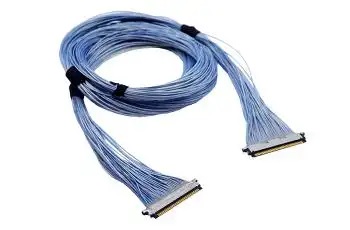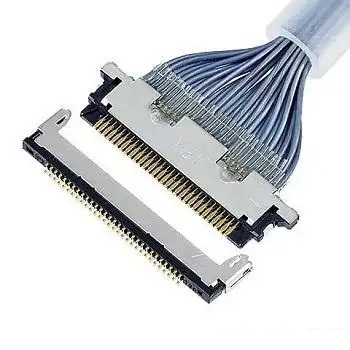As electronic devices develop towards thinness, lightweight, and high-speed, micro coaxial cable (micro coaxial cable) is widely used in precision fields such as laptops, tablets, smartphones, vehicle-mounted cameras, and medical imaging equipment, thanks to its excellent shielding performance, flexible structure, and extremely thin and light design. However, in actual engineering applications, signal attenuation has become a common problem that troubles many design engineers, affecting transmission stability to a lesser extent and causing the whole machine performance to decline to a greater extent. So, how to effectively deal with the signal attenuation of the micro coaxial cable bundle? This article takes the I-PEX 20346-030T-32R connector as an example to discuss the optimization solution.

The common causes of signal attenuation
In high-speed transmission environments, the signal attenuation of extremely thin coaxial cables is usually caused by the following aspects:
Cable length too long——high-frequency signal energy loss increases.
Impedance mismatch - leads to signal reflection, affecting signal integrity.
Poor plug contact - unstable contact resistance or signal interruption may occur.
External EMI interference - Electromagnetic interference weakens signal quality.
In order to effectively reduce signal attenuation, it is necessary to comprehensively optimize from multiple dimensions, such as cable selection, connector performance, and assembly technology.

Introduction to I-PEX 20346-030T-32R Connector
I-PEX 20346-030T-32R belongs to the CABLINE® V series launched by I-PEX, which is a high-performance ultra-thin coaxial connector for high-speed signal transmission. It adopts a 0.4mm pitch horizontal insertion design, combining ultra-thin structure and high reliability, suitable for a variety of high-speed transmission application scenarios.
Main specifications and features:
Contact spacing: 0.4mm
Pin count: 30Pin
Maximum height: 1.15mm
Compatible wire materials: Supports Micro Coaxial Cable with AWG #40 and finer specifications
• Transmission Rate: Supports up to 5 Gbps data rate
Compatibility standards: USB 3.1 Gen1 (5 Gbps/lane), V-By-One HS 1.4 (4 Gbps/lane) and other high-speed standards

Optimization Suggestions for Signal Attenuation
In the design and assembly process of extremely thin coaxial cable bundles, the following strategies can significantly improve the signal attenuation issue:
Optimize high-quality connectors
Choose connectors with low-loss and high-integrity design like I-PEX 20346-030T-32R to ensure stable transmission of high-speed signals.
Optimize wire harness design
Shorten the cable length, avoid excessive bending, and reduce signal energy loss from the source.
Strengthen the screening measures
Utilize wire and connector with shielding layers to suppress external EMI interference and enhance signal integrity.
Ensure stable connection
Regularly inspect the contact between the wire harness and connector to prevent signal attenuation due to loosening or contamination.

In the era of high-frequency and high-speed transmission, the signal attenuation problem of extremely thin coaxial cable bundles cannot be ignored. By selecting high-performance connectors (such as I-PEX 20346-030T-32R) and optimizing the cable design and shielding structure, it is possible to significantly reduce losses and enhance system stability. With the advantages of high speed, low loss, and high reliability, the I-PEX 20346 series is becoming a favored connection solution in various high-end electronic devices.
I am Kunshan JieKangFu Precision Electronics, focusing on the design and customization of high-speed signal cables and ultra-fine coaxial cables for a long time, committed to providing stable and reliable high-speed interconnection solutions to customers. If you have any related needs or want to learn more, please contact: Manager Yin.
18913280527 (WeChat number)。



